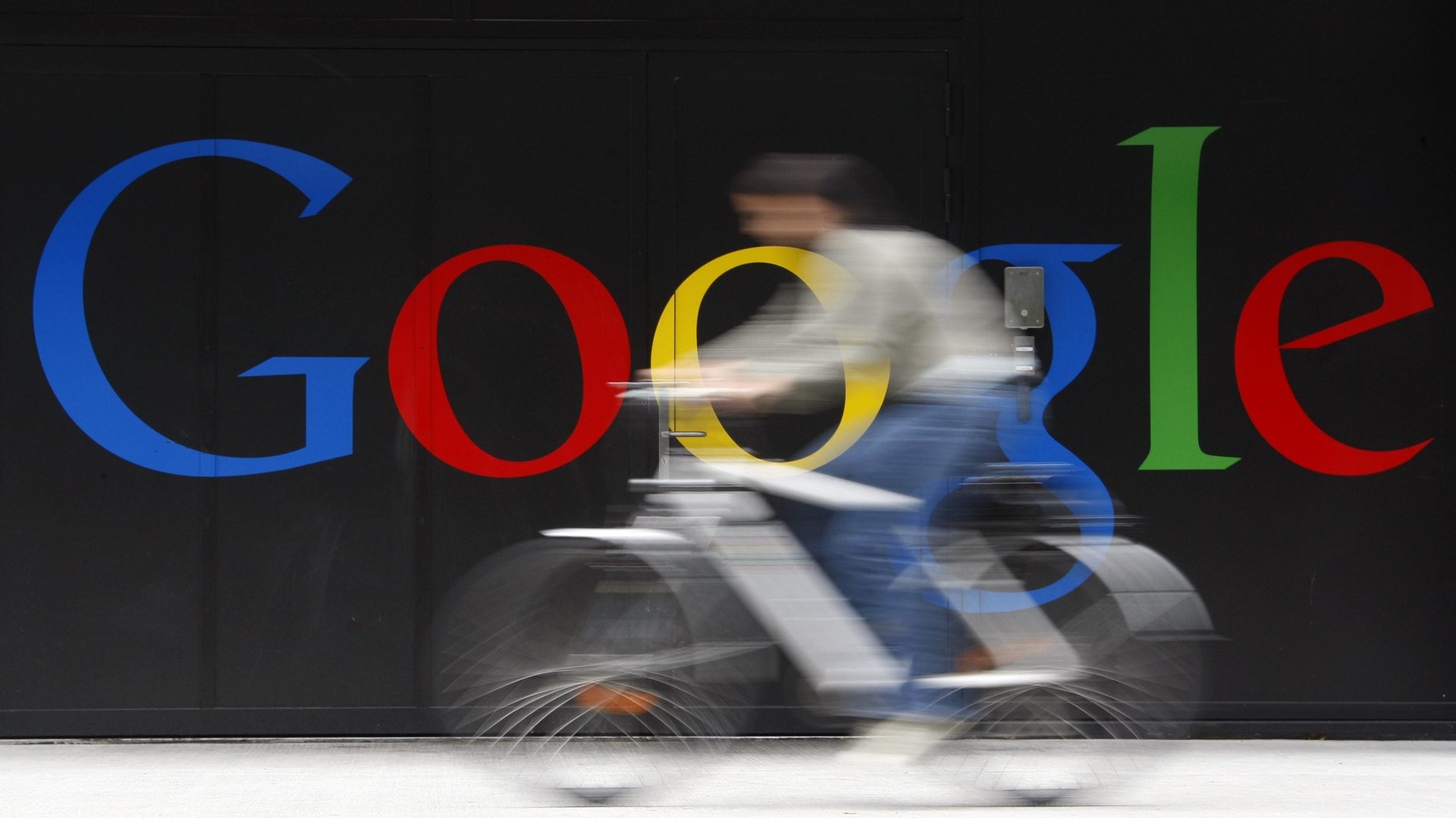A Google initiative can fix the funding bottleneck for some Indian digital news companies
Running a news organisation in India is not easy, especially if you are a small player or a vernacular with few revenue opportunities.


Running a news organisation in India is not easy, especially if you are a small player or a vernacular with few revenue opportunities.
On Nov. 10 (Wednesday), Google announced the first batch of the Google News Initiative (GNI) Startups Lab India, a 16-week programme to help next-generation independent media firms achieve financial and operational sustainability.
Of the 70 applicants from India, 10 have been chosen. These include investigative, broadcast, political, and data journalism platforms, besides local news outlets that give voice to underrepresented communities, according to Kate Beddoe, director of news partnerships at Google APAC.
The ten selected firms are The Cue, Bisbo, Headline Network, BehanBox, East Mojo, ED Times, Main Media, Suno India, The Bridge, and The Probe.
The pain points for smaller digital news platforms
Most independent journalism companies cover stories from local communities based on issues often overlooked by mainstream media. For revenue, however, they also rely on content marketing.
“We do a lot of digital PR (public relations) for different brands and agencies. We also do a lot of content work for brands directly, for their industrial campaigns,” Juhi Garg, co-founder of New Delhi-based ED Times, told Quartz.
“But, we want our programmatic ad revenue to be considerable. Obviously, right now it is not good enough to sustain us.”
Garg believes GNI will help her acquire funding know-how and give her an opportunity to partner with a long-term investor. Operating on bootstrap financing, ED Times is keen on expanding its social media presence.
The story is no different for Kochi-based The Cue, a Malayalam-language platform.
“We were able to overcome the editorial challenges to a certain extent by resorting to innovative methods in production, but management and marketing challenges still remain,” said Maneesh Narayanan, the founder and editor of the publication.
India’s digital publishing scenario
A recent report by PwC showed that India is the fastest-growing internet advertising market in the world.
With newspaper readership falling across the world, media publications have resorted to banner and native advertising on their web versions to generate revenues. And it seems the most logical way to earn money for smaller news organisations as well.
In 2020, revenue from mobile internet advertising in the country stood at 7,331 crore rupees ($986 million) and is expected to increase by 25% to Rs 22,350 crores by 2025.
Inshorts, a digital news company founded in 2015, charges Rs0.2 per impression of an ad on its app, ET Retail (Economic Times Retail) levies Rs 5,000 for a day. Others like Zee News and Bombay Times charge Rs 12 per click for an ad, according to advertising agency Media Ant.
Smaller news outlets opt for subscriptions
Such a boom has prompted smaller media organisations like The Cue to seek a bite of the pie held by mainstream media companies till now. Companies like it, however, are only left with the option of subscriptions.
In June 2021, MoneyControl Pro, a digital business news company, reported 330,000 paid subscribers. The Ken, launched in 2016, has all its content behind a hard paywall and has sustained itself purely on reader revenue. Other publications such as The Print and The Wire, among others, often post appeals to their readers to contribute, without using a paywall.
“We are planning to go for a subscription model in the near future for premium content. This is because depending on social media platforms for financial independence is not possible in the long run,” The Cue’s Narayanan said.
Even a change in the algorithm on social media sites like Facebook affects revenues, he said.